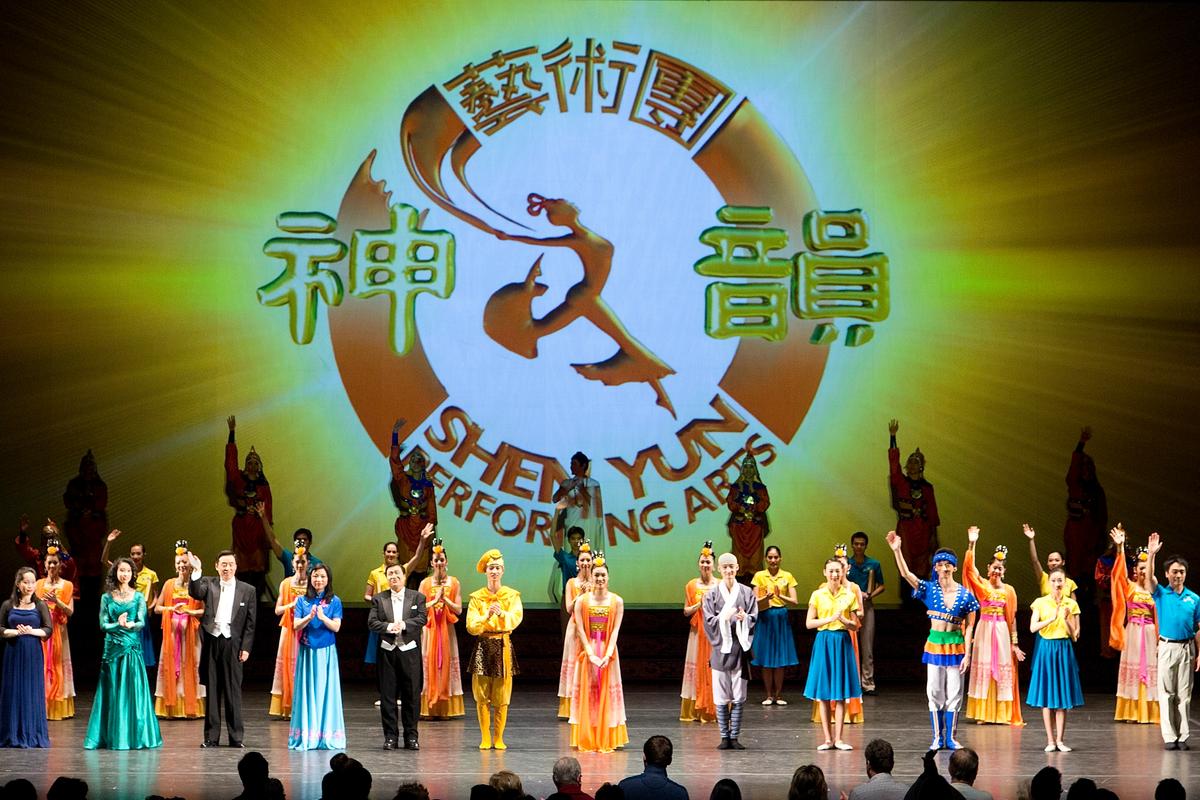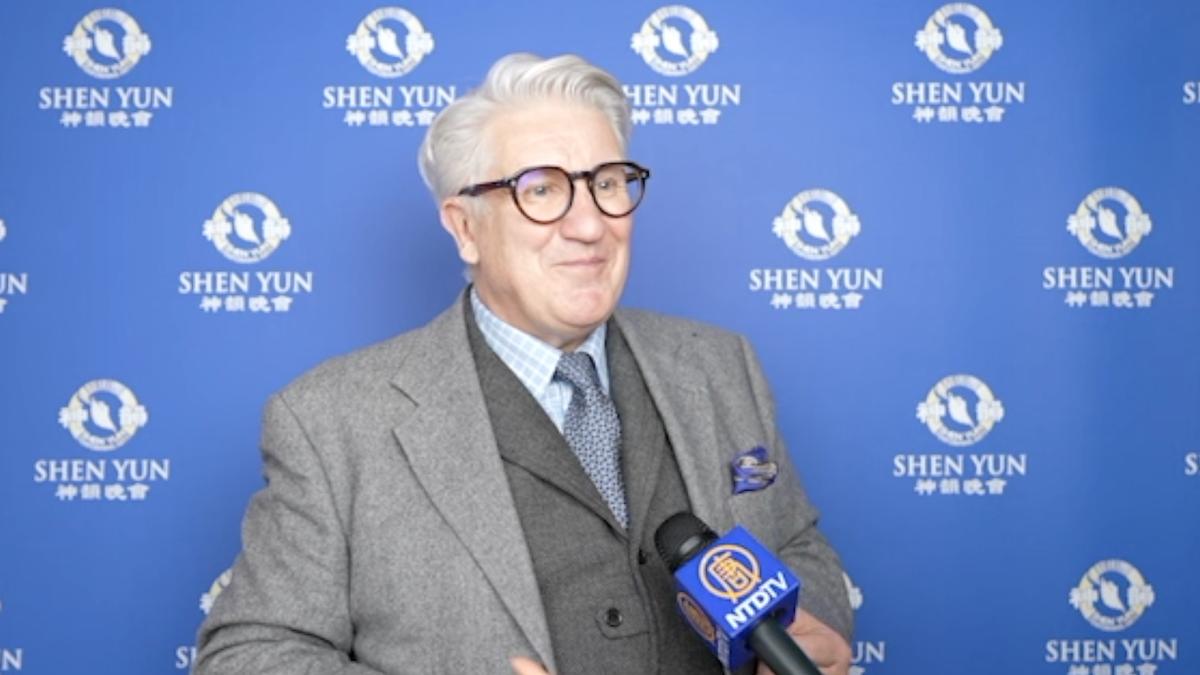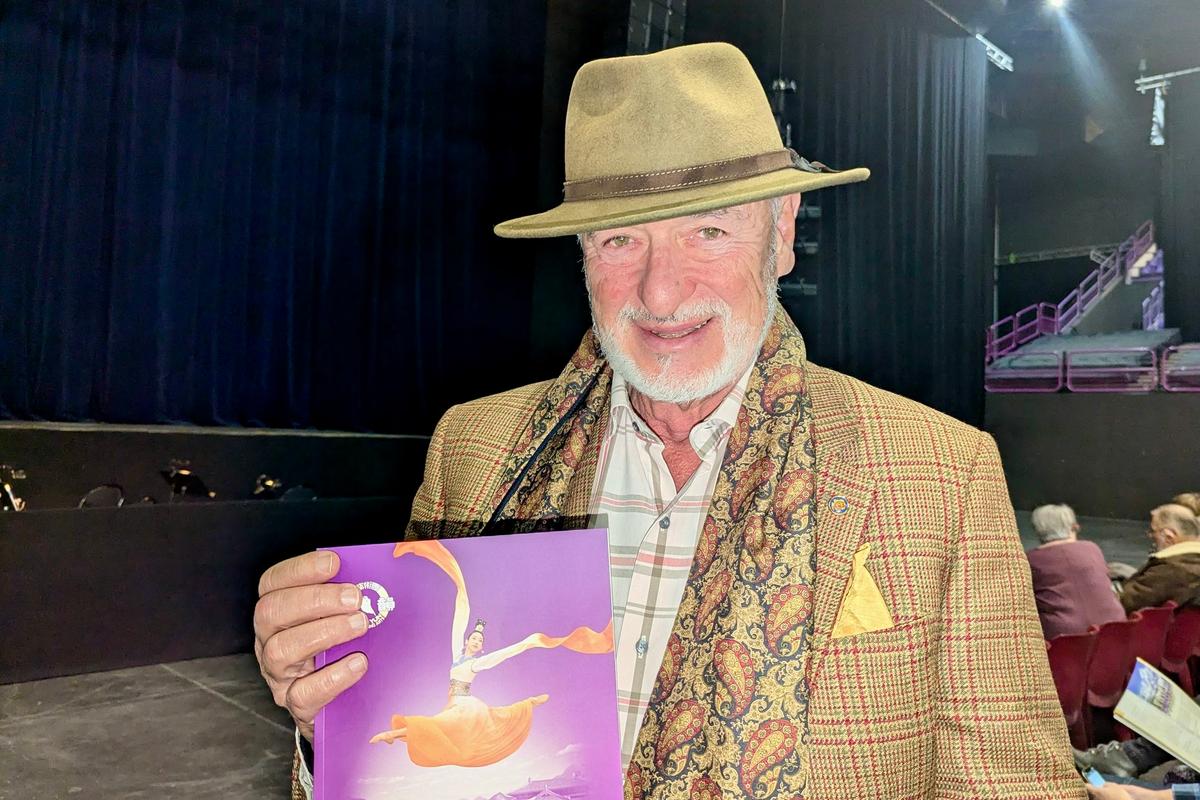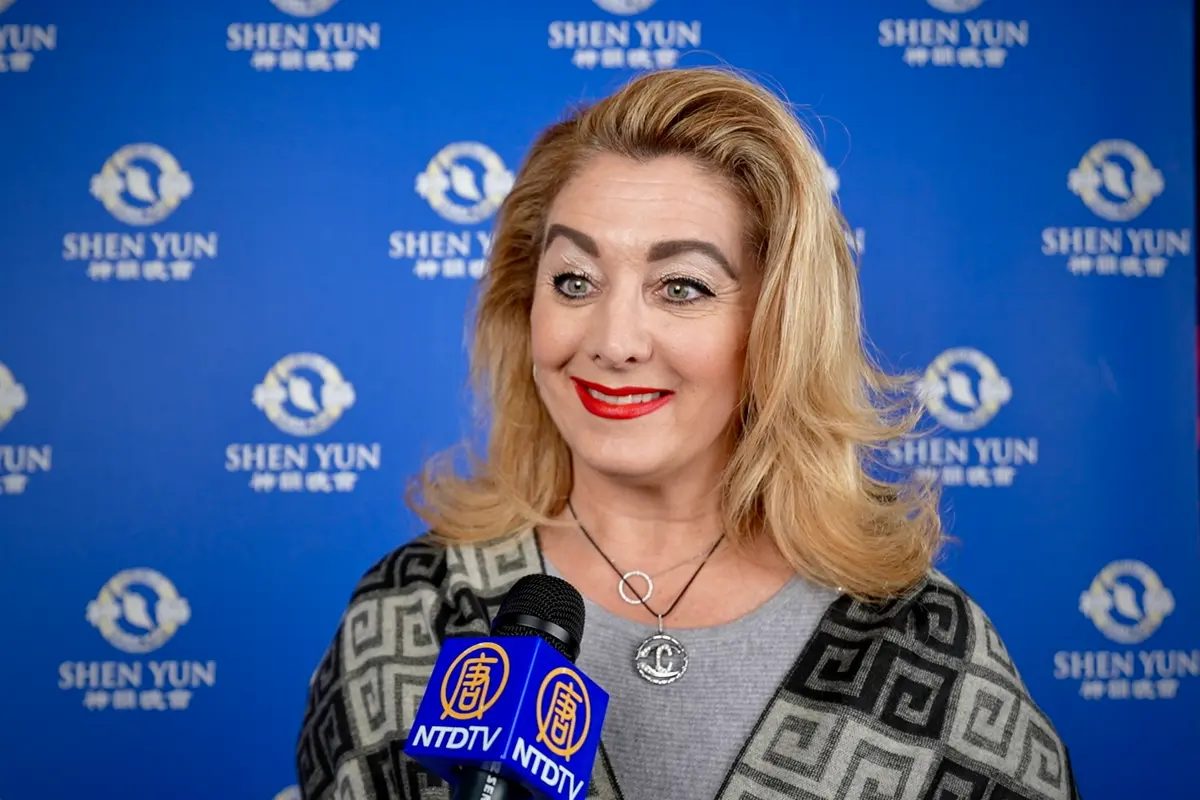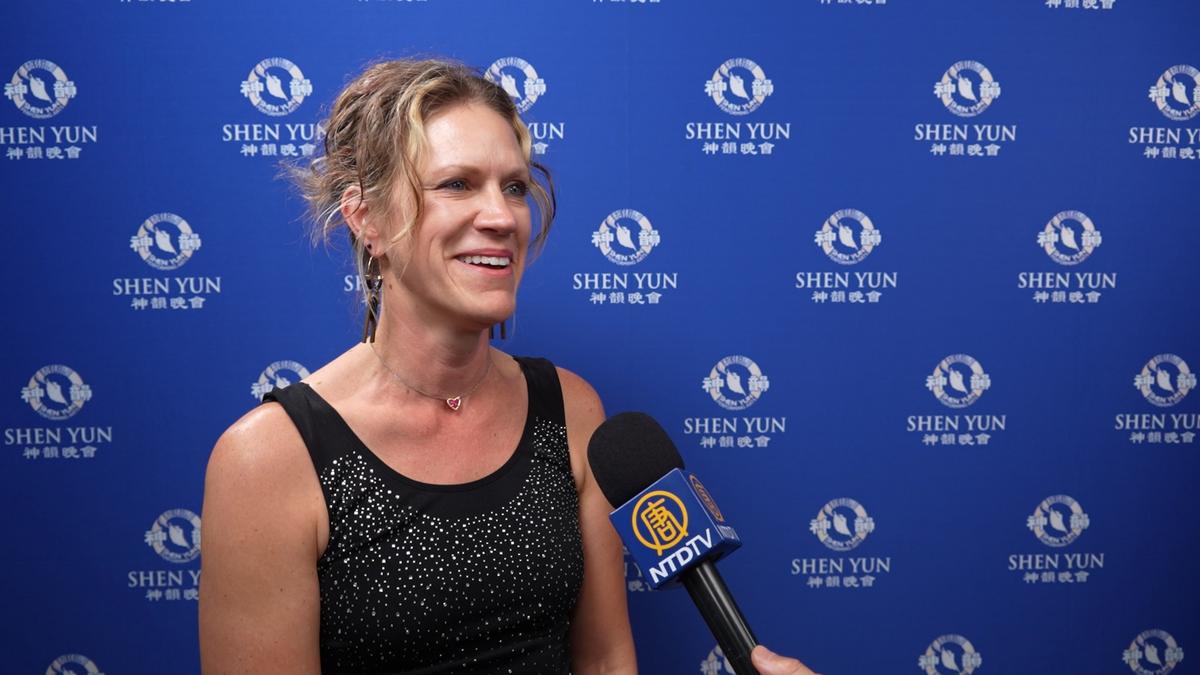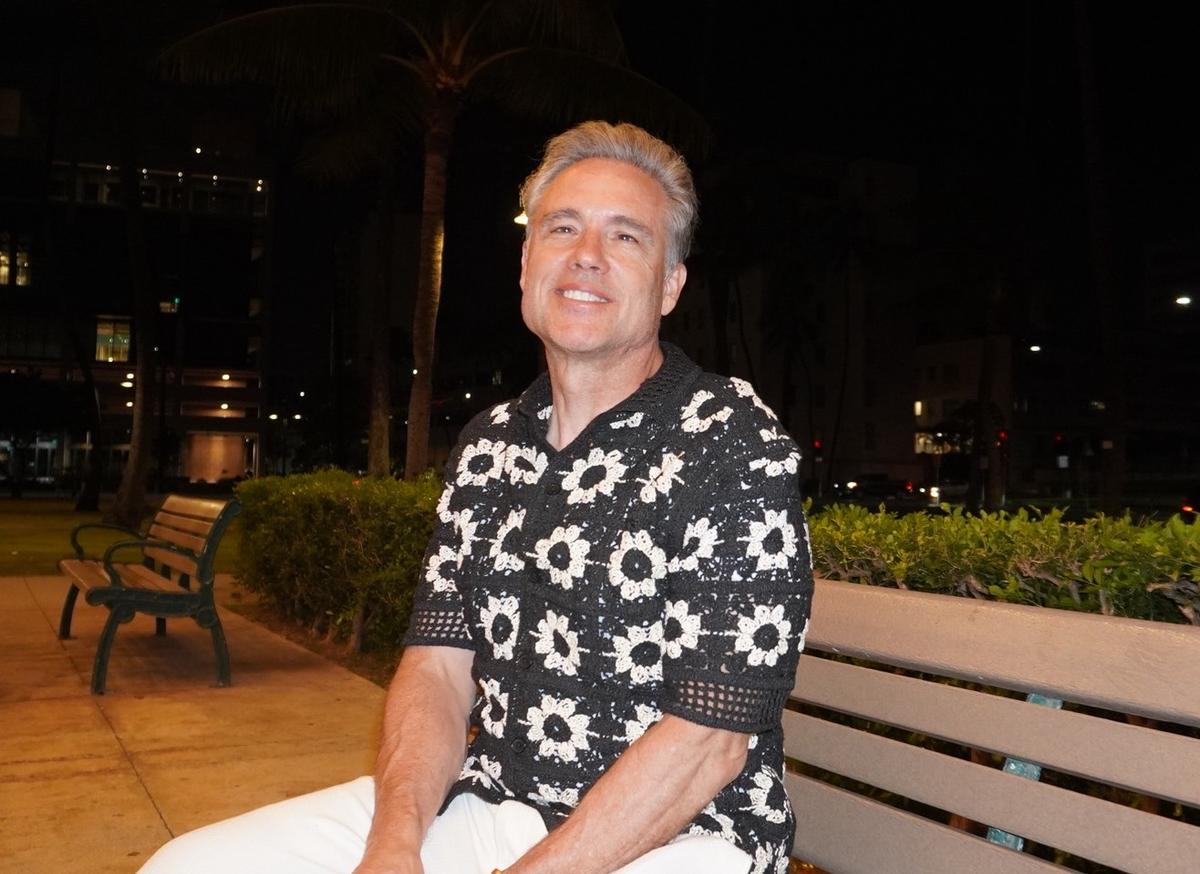Classic works of art transcend time, race, culture, and class. They hit on the core of the human condition and are able to resonate mysteriously somewhere in our inner expanse.
Legendary Chinese novel “Journey to the West,” published in the 16th century by poet-author Wu Cheng'en (aka the Sheyang Hermit), is one such epic work.
It tells the story of a monk banished from paradise and sent to the human world to atone for his sins by travelling west to India in search of sacred Buddhist scrolls. Along the perilous quest he is joined by his disciples: the valiant but mischievous Monkey King (aka Sun Wukong), the taciturn Sand Monk, and lustful Pigsy. All seek to earn their way back to the heavens.
Known for its colourful characters, the novel is an ideal source of stories for Shen Yun Performing Arts, a New-York based classical Chinese dance and music company that has enjoyed global popularity and critical acclaim since its inception in 2006.
The group also seeks to revive traditional Chinese culture, which is based on the “three pillars” of Buddhism, Daoism, and Confucianism—the very culture that helped birth “Journey to the West” during the Ming Dynasty.
“This beloved adventure tale combines action, humour, and spiritual lessons,” says the Shen Yun website.
The following selection of stories from the novel, as performed by Shen Yun, shows how these classic tales can offer meaningful guidance in the modern world.
‘How the Monkey King Came to Be’
This piece shows how the Monkey King, born from a magical stone egg and endowed with supernatural powers, once lived among apes on Flower-Fruit Mountain. But upon discovering his inevitable mortality he seeks a Taoist Master in hopes of escaping death.
Before long he skillfully re-awakens his innate supernormal abilities and becomes a star Taoist pupil. However, his pride and arrogance soon land him in trouble with the deities, and to teach him a lesson, Buddha traps him under a mountain for 500 years.
After his time is served Buddha gives Monkey King a second chance: protect the Tang Monk on his journey to recover the ancient Buddhist scrolls. If successful, immortality in a heavenly paradise will be his reward.
The ‘Monkey King Captures Pigsy’
Pigsy, one of the novel’s most memorable characters, was once an admiral in the heavens. But after getting drunk and making advances toward the moon goddess Chang'e, he was banished to the mortal world and reborn as a humanoid pig, symbolic of his lustful ways. Goddess Guanyin gives him a second chance, however, instructing him to wait and join the Tang Monk’s sacred quest.
But Pigsy has a hard time mending his ways and goes to a nearby village where he attempts to force a young woman into marriage. Just then, the Monkey King and Tang Monk, already on their quest, come along. Seeing Pigsy’s evil scheme, the Monkey King fights and defeats him, only to discover that they are fated for the same journey. On the spot, Pigsy converts and becomes a disciple of the Tang Monk, and joins the journey to India.
‘The Monkey King Defeats the Demon’
Dubbed a “classic within a classic,” the story of the White Bone Demon tells of a demon who transforms into a beautiful woman in an attempt to defeat, through seduction, the Tang Monk and his disciples. Not easily fooled, the Monkey King kills the “woman.” However, the demon spirit then transforms into the woman’s mother, then her father, but are both slain by the wise Monkey King.
However, the Tang Monk can’t see the demon spirit and, horrified by the killings, expels the Monkey King from the pilgrimage. The monk and his remaining disciples carry on into a forest without the Monkey King. But the forest is infested with demons, and the Tang monk is quickly captured and turned into a tiger. Desperate, Pigsy begs the Monkey King to return. He accepts the offer and defeats the demons, rescuing his master once again.
Ancient stories, modern lessons
Throughout the journey, the Tang Monk and his brethren are constantly tested on their virtues and vices, encountering 81 trials and tribulations. Only by remaining righteous, steadfast, and transcending human weaknesses are they able to overcome the challenges, which often take the form of the “seven deadly sins”: wrath, greed, sloth, pride, lust, envy, and gluttony.
“Indeed, in this novel so rich in symbolism, the tribulations the travellers face are metaphors for the trials one must pass on a spiritual journey,” says the Shen Yun website.
“Yet, in the end, the pious pilgrims triumph, they return to China with the sacred scriptures, and return to their rightful places in the heavens.”
Shen Yun has four companies that tour internationally each year. During the Canadian leg of the tour, Shen Yun will play in Hamilton Dec. 27–28, Kitchener Dec. 29–30, Ottawa Jan. 2–4, Montreal Jan. 7–11, Quebec City Jan. 13–14, Mississauga Jan. 16–18, Vancouver Jan. 16–18, and Toronto Jan. 21-25.

